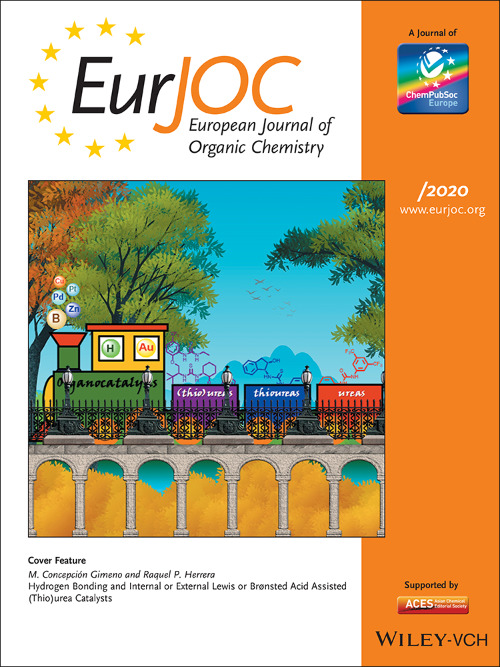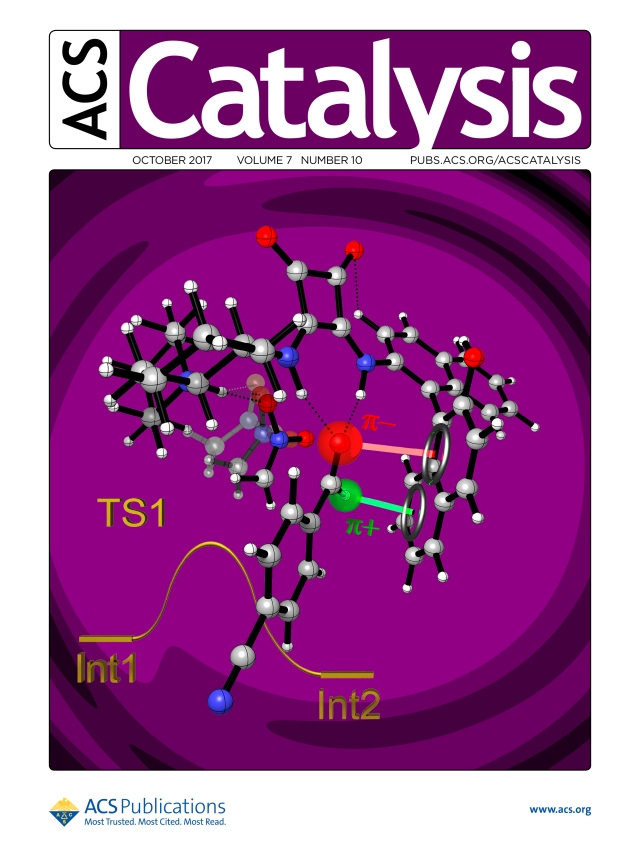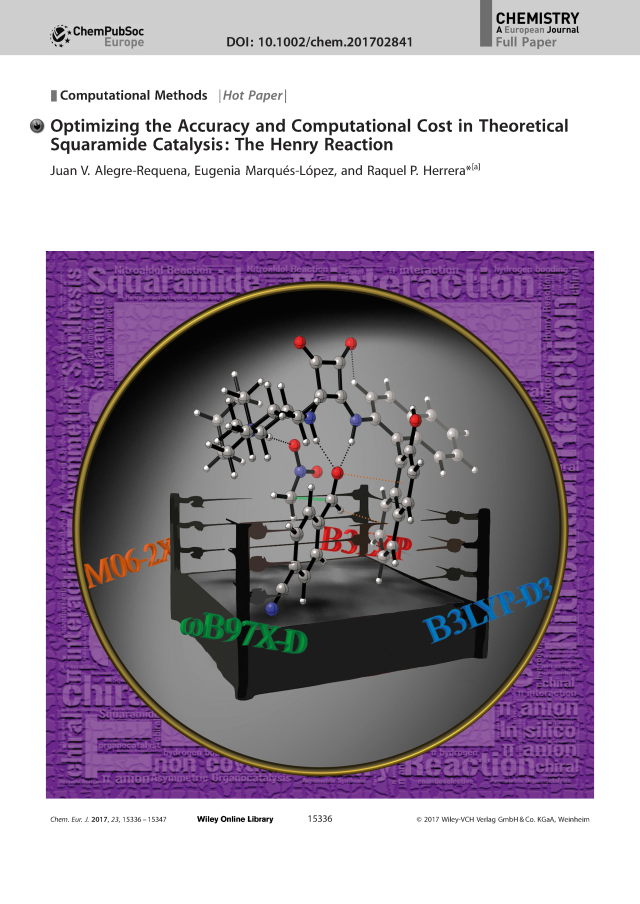L-Proline-based deep eutectic solvents as green and enantioselective organocatalyst/media for aldol reaction, Zárate-Rondán, S.; Trujillo-Rodríguez, M. J.; Gimeno, M. C.; Herrera, R. P. J. Mol. Liq. 2024, 396, 123971. DOI: 10.1016/j.molliq.2024.123971.
Abstract
The use of chiral deep eutectic solvents (DESs) based on the natural amino acid L-proline and various glycols presents an environmentally friendly approach for important C C bond formation reactions. These DESs serve as both organocatalysts and reaction media in the aldol reaction, reducing the need for additional toxic or hazardous chemicals. By employing these DESs, we were able to activate the desired reaction through the condensation of ketones and L-proline via enamine activation. This approach eliminates the requirement for traditional, often environmentally harmful, organic solvents. Notably, diethylene glycol played a crucial role in modulating the reaction performance, including conversion and enantioselectivity. Diethylene glycol is a relatively safer alternative compared to other commonly used solvents or additives with potential environmental and health risks. Moreover, reducing the L-proline content in the DESs led to a slight increase in the enantiomeric excess of the predominant diastereomeric product. This finding suggests the possibility of minimizing the use of L-proline, which can be advantageous from both cost and environmental perspectives.
C bond formation reactions. These DESs serve as both organocatalysts and reaction media in the aldol reaction, reducing the need for additional toxic or hazardous chemicals. By employing these DESs, we were able to activate the desired reaction through the condensation of ketones and L-proline via enamine activation. This approach eliminates the requirement for traditional, often environmentally harmful, organic solvents. Notably, diethylene glycol played a crucial role in modulating the reaction performance, including conversion and enantioselectivity. Diethylene glycol is a relatively safer alternative compared to other commonly used solvents or additives with potential environmental and health risks. Moreover, reducing the L-proline content in the DESs led to a slight increase in the enantiomeric excess of the predominant diastereomeric product. This finding suggests the possibility of minimizing the use of L-proline, which can be advantageous from both cost and environmental perspectives.
The results of these reactions demonstrate promising green outcomes, with a diastereomeric ratio up to 25:1 for the major anti-isomer, showcasing excellent selectivity (>90 % ee). In addition to these high enantiomeric excess values, quantitative yields in the aldol reaction highlight the potential for high efficiency and reduced waste production.
Overall, the utilization of chiral DESs based on L-proline and glycols offers a greener alternative for enantioselective organocatalytic reactions. This approach minimizes the use of hazardous catalysts, reduces waste generation, and demonstrates impressive selectivity, paving the way for more sustainable synthetic methodologies.



















